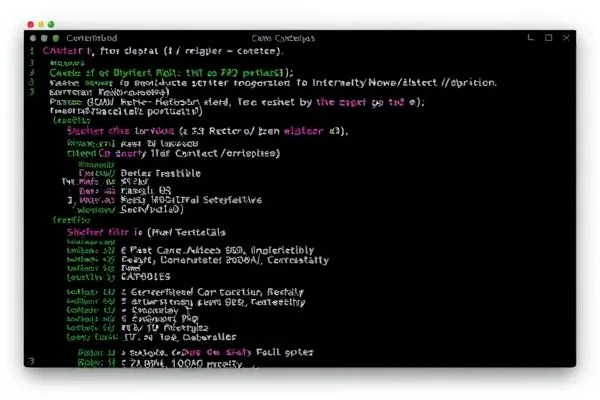In the ever-evolving realm of cybersecurity, businesses must adopt innovative strategies to enhance their defenses. Automated penetration testing has emerged as a critical approach for organizations to uncover vulnerabilities and fortify their security posture. This article delves into the vital role of automated pentesting in ensuring robust cybersecurity resilience.
Key Takeaways:
- ✅ Continuous testing identifies vulnerabilities promptly.
- ✅ Automated tools provide ongoing assessments without the high costs of traditional pentesting.
- ✅ Contextual insights from tests help prioritize critical vulnerabilities effectively.
- ✅ Integrating automated pentesting fosters a proactive security culture.
Much like a boxer prepares for competition through frequent sparring, organizations must consistently engage in penetration testing to handle potential cybersecurity breaches effectively. Traditional pentests, typically conducted annually or semi-annually, leave significant gaps in an organization’s defenses.
One significant risk of infrequent testing is configuration drift, where the security posture can change without notice. Just as a boxer loses sharpness when training sporadically, security defenses can erode, making systems more susceptible to attacks. Automated pentesting offers continuous feedback, helping organizations adapt their security measures and align them with prevailing risks.
Infrequent testing can also lead to undetected gaps in defenses. Organizations may be unaware of evolving threats or new attack vectors that pose risks. Traditional pentesting may only focus on known vulnerabilities, whereas automated tools can simulate diverse adversarial tactics for comprehensive assessments.
Cost-effectiveness is another advantage of automated pentesting. Many organizations face financial constraints that limit their ability to conduct extensive manual testing. Automated solutions like Pentera provide continuous evaluation at a lower cost, bolstering security while reducing resource strain.
To be truly resilient, organizations should integrate automated pentesting into their security strategies. Combining automated assessments with human expertise ensures a robust defense against evolving threats and helps uncover vulnerabilities before they can be exploited.
Frequently Asked Questions:
- What is automated penetration testing? Automated penetration testing uses advanced tools to continually simulate attacks, pinpointing vulnerabilities and areas for improvement.
- Why is ongoing testing critical? Continuous assessments keep pace with the fast-evolving cyber threat landscape, identifying weaknesses before they can be leveraged by attackers.
- How do organizational contexts impact vulnerability management? Assessments tailored to an organization’s environment prioritize significant vulnerabilities for remedial action.
- What benefits do automated tools provide? These tools enable constant monitoring and assessment, offering actionable insights to enhance security postures efficiently.
By understanding the importance of automated pentesting and its benefits, organizations can fortify their cybersecurity resilience and prepare effectively for potential threats.









